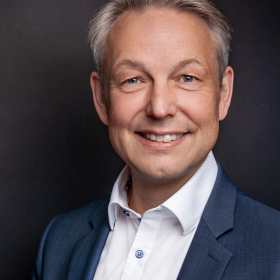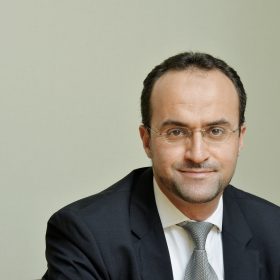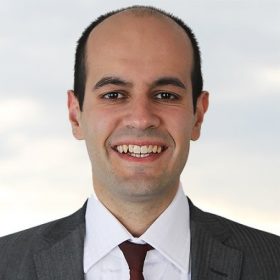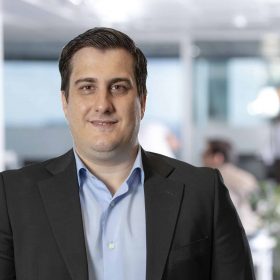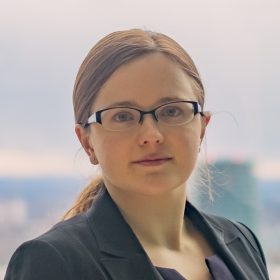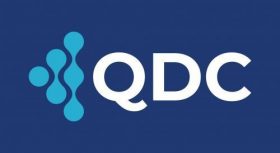Helyette Geman: PhD, PhD: Ralph O’Connors Sustainable Energy Institute, Johns Hopkins University, Visiting Professor, Inland Norway University of Applied Sciences
Director, Commodity Finance Centre, Birkbeck-University of London
Ralph O’Connors Sustainable Energy Institute, Johns Hopkins University
Hélyette Geman is a Graduate of Ecole Normale Superieure in Mathematics and holds PhDs in Probability and Finance and a Masters’ degree in Theoretical Physics.
She has published more than 100 papers in Quantitative Finance; her book ‘Commodities and Commodity Derivatives’ is the reference in the field.
Hélyette Geman has taught in a number of prestigious Institutions worldwide and consulted for trading entities such as Louis Dreyfus, EDF Trading or Total Gas & Power.
Named ‘Financial Engineer of the Year 2022’ by the International Association for Quantitative Finance.


